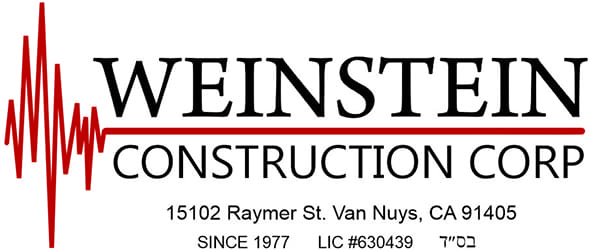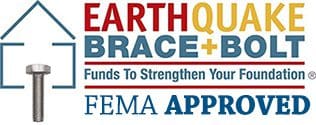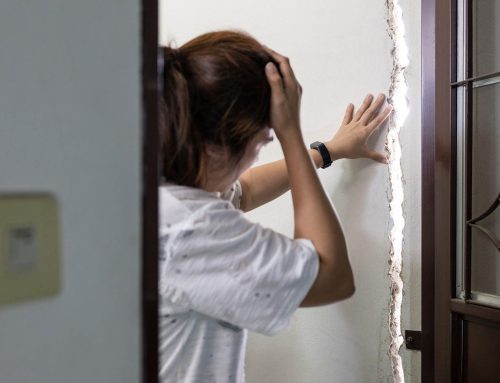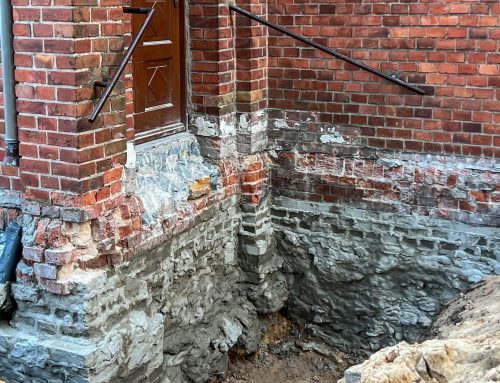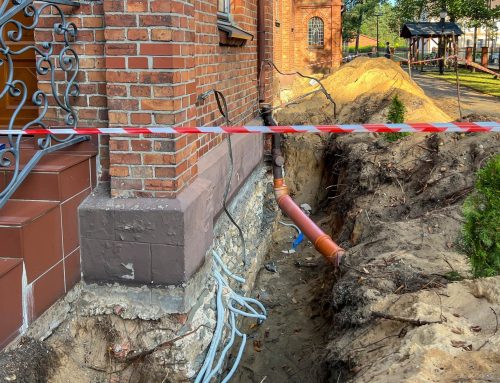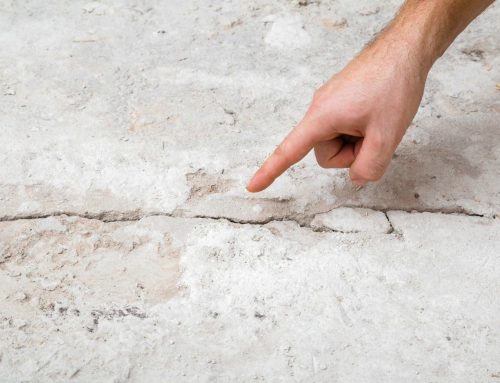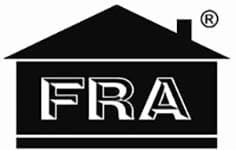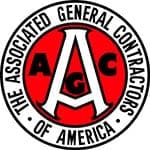Los Angeles is the second largest city in the United States. Since it was founded in 1781, a number of nicknames have been acquired by the city. For the name of the city, City of Angels, many people know the loose version. The City of Sunshine and Flowers, La La Land, and Earthquake Central are some of the lesser-known nicknames. This last term is why the retrofitting of the earthquake in Los Angeles is of paramount importance.
10,000 quakes happen every day in southern California, according to the U.S. Geological Survey. Nearly all of these are so tiny you don’t even consider them. The last big earthquake to strike the Los Angeles area was the back-to-back quakes on July 4 and 5, 2019 that struck Ridgecrest. The first quake was 6.4, while the second on the Richter scale reached 7.1.
Thankfully, these two earthquakes did not cause significant damage to the infrastructure of the property or town. In addition to the 1994 Northridge Earthquake. The tragedy resulted in property damage in millions of dollars and 60 residents of LA lost their lives. The city of Los Angeles has been implementing the Seismic Retrofitting system since that failure. Here’s all you need to know about the upgrade process.
Step 1: Hire a retrofitting company that is professional.
A project of this scale is not a design sort of DIY. There are a number of steps to complete to pass the final inspection of the city. Several firms have appeared on the scene providing retrofit services since the seismic retrofitting Los Angeles program began. Like any construction project, before choosing the company you want to hire, you should get a few bids.
When hiring any agency, take the time to verify their credentials, experience, and check their customer reviews if possible. You’ll also want to find out what products they’re providing. Do they help with the paperwork, for example, is someone available to answer your questions, and are they staffed by a structural engineer? Make a short list of the companies that you are considering, then call them to schedule a property inspection.
Step 2: Initial inspection For initial inspection of any earthquake retrofitting project in Los Angeles, either an engineer or a qualified contractor is required.
Many firms offer this first service free of charge, so take advantage of it to reduce some of the costs. They will look at different areas of the building when they come out to your property to determine where the weaknesses are.
Roof inspection–The roof is an important part of the inspection. The structural engineer must monitor the surface of the building, the gutter conditions, check for any leaks, etc. What the roof inspection entails varies from building to building.
Inside and outside –it will investigate both the inside and the outside. The inspector’s search for things includes any areas that seem to be weak, unsound, or in disrepair. Make sure they remove the stucco inside to search for any damaged areas within the frame of the house.
Framing–Usually the first place to show signs of possible instability is the frame of a building. To preserve structural integrity, the construction should be consistent with the base of the house.
Foundation–In addition to the frame, the foundation is one of any building’s most important areas. This is also the one place where the most obvious signs of seismic damage are generally seen. The inspector will scan for cracks on the floor, check for any movement or other visible signs of distress.
Basements or Crawl Spaces –The inspector will also check these if your building includes a basement or crawl space. Issues they are looking for might include signs of water damage that might undermine the foundation of the house, drainage or water control systems, or searching for any areas that may be prone to flooding.
Step 3: First consultation The engineer must write a detailed report after the inspection is done.
This report should include a list of areas at risk during an earthquake, a detailed work plan to be done, a cost estimate, options for different methods of retrofitting your building, and a timeline for how long the work will last. After all this material has been put together, you will receive a phone call to arrange the first appointment. You can choose whether or not to hire them for the job during this stage.
Phase 4: Acquisition of necessary permits You will need to receive a building permit from the city before any work can begin.
You will need to complete an application and pay any required fees during this process. The request must include a training plan in order to ensure that a city official satisfies the existing Los Angeles earthquake retrofitting standards. Don’t be overwhelmed by this move. They will handle all this for you if you hired the right company.
If you are a tenant, you will also need to register with the Housing Department the Tenant Habitability Report. This can be done on the internet and is accepted usually within five business days. The law states that you must issue a 25-day notice to your tenants telling them about the work to be done on the building. It helps them to plan certain things and ask any questions they might have. If this phase is missed, the building permit will not be released.
If the city does not accept the work plan for adjustment, it usually takes about 38 days to receive the permits.
Step 5: Actual work starts depending on a number of factors how much work needs to be done and how long it will take.
These include; how much the building weighs, how close it is to a fault line, and the highest hypothetical magnitude it can experience on the fault line. Additionally, these three variables will decide which approach is best for your Los Angeles seismic retrofit.
In all retrofitting programs, three simple approaches are used.
Shear Walls–Shear walls are used to strengthen the entire building during an earthquake to keep it from swaying. For retrofitting, installing shear walls is one of the most economical options. The walls can move laterally during a seismic event, and if the shaking force is high enough, the building will be able to separate from its foundation. The shear walls prevent this from happening so that after an earthquake, the building can be more likely to stand.
Steel Cantilever Column System–the most commonly used Soft Story retrofitting system has rapidly become the cantilever I-beams. Often they are more economical than installing shear walls or frames for special moments. These aren’t appropriate for all houses, however. The best way to retrofit smaller buildings with narrow spaces is to use cantilever beams.
New Moment Frames–The best solution for most earthquake retrofits is known to be new Moment Frames. We come in a variety of sizes and can be delivered flat or assembled already.
Phase 6: City inspection After completion of all the project, a city official will have to inspect it. Again, the retrofitting company you are hiring will take care of this move.
A city engineer will come to your property to check to make sure the work that has been done is in accordance with the file work plan. If all is up to code, a Certificate of Completion will be given.
We Are one of Los Angeles ‘ leading earthquake retrofitting companies. Since 1977, we have been in business and completed 100 years of retrofits across the Los Angeles area. One of our objectives is to make the process of retrofitting as stress-free as possible. We offer a free initial consultation and every step of the way our professional staff will be with you.
We manage all the paperwork required for building permits in house, including the detailed work plan. We’ve completed enough of these projects to first approve our proposals, saving you time on the final project. Give us a call today if you have any questions or would like to schedule a consultation. One of our friendly staff will be pleased to answer your questions and begin your retrofit plan.
